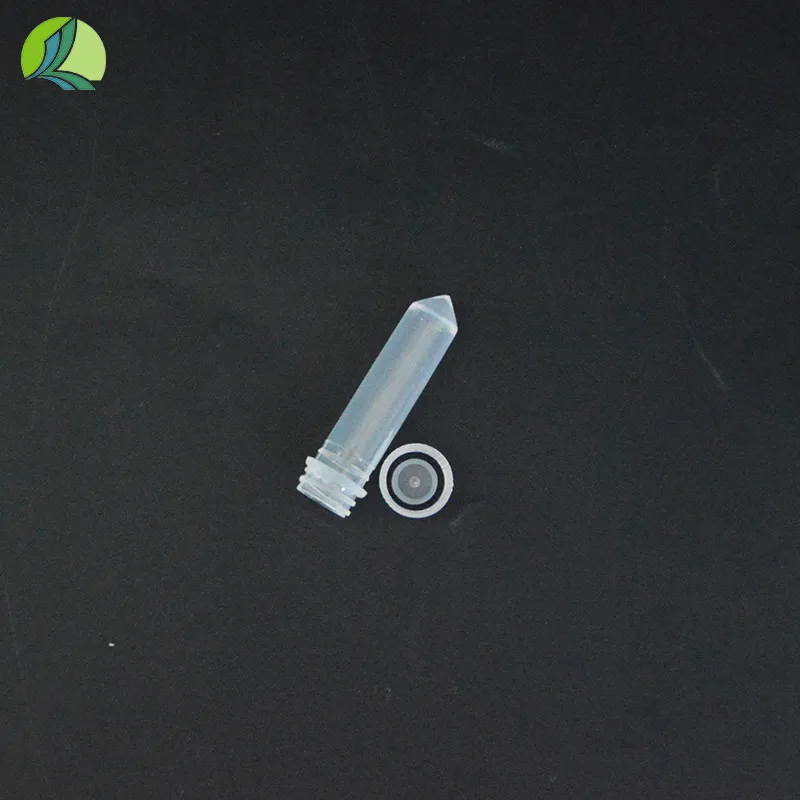blood sample tube name
Understanding Blood Sample Tube Names A Guide for Laboratory Professionals
In the world of hematology and clinical laboratories, precise terminology is crucial for effective communication and accurate test results. Among these terminologies, the names of blood sample tubes play an essential role in ensuring that samples are collected, transported, and analyzed correctly. Understanding the significance of these names is vital for healthcare professionals, laboratory technicians, and anyone involved in the blood testing process.
The Basics of Blood Sample Tubes
Blood sample tubes are specialized containers designed to hold blood specimens collected from patients. The choice of tube can significantly impact the integrity of the sample, the accuracy of tests performed, and ultimately, patient care. These tubes are typically made from glass or plastic and are equipped with various additives that facilitate the preservation and stabilization of blood components.
Common Types of Blood Sample Tubes
Blood sample tubes come in various colors and sizes, each representing different additives and purposes
. Here are some common types1. Red-Top Tubes These tubes contain no additives and are used for serum collection. They are often employed in blood chemistry tests.
2. Green-Top Tubes Containing heparin as an anticoagulant, green-top tubes are suitable for plasma determinations in chemistry and certain hematological tests.
3. Blue-Top Tubes These tubes contain sodium citrate, which is essential for coagulation studies. It's vital to maintain the correct blood-to-additive ratio for accurate results.
4. Lavender-Top Tubes Featuring EDTA as an anticoagulant, these tubes are standard for complete blood counts (CBC) and blood smears since they preserve platelet structure and morphology.
blood sample tube name

5. Gray-Top Tubes Used for specific glucose testing, gray-top tubes contain sodium fluoride and potassium oxalate, which inhibit glycolysis and stabilize glucose levels in the sample.
Implications of Tube Selection
Selecting the appropriate blood sample tube is crucial for reliable test results. Using the wrong tube can lead to hemolysis, contamination, or incorrect additive interactions, ultimately compromising patient diagnosis and treatment. For instance, if a patient’s blood is drawn into a lavender-top tube but sent for a chemistry panel, the EDTA could interfere with certain assays, yielding erroneous results.
Labeling and Documentation
Proper labeling of blood sample tubes is another critical aspect of the process. Each tube should be clearly marked with relevant patient information, including name, identification number, date and time of collection, and the type of test requested. Accurate documentation helps prevent mix-ups and ensures traceability, which is essential for quality control in laboratories.
Innovations in Blood Sample Tubes
Recent advancements have seen the introduction of blood collection tubes designed to improve sample quality and patient experience. For example, some manufacturers have developed vacuum-sealed tubes that reduce the risk of exposure to air, thereby minimizing the likelihood of contamination. Others have focused on ergonomic design, ensuring ease of use for healthcare providers during blood collection.
Conclusion
Understanding the names and purposes of various blood sample tubes is fundamental for anyone involved in healthcare and laboratory testing. These seemingly simple tools carry significant weight in the accuracy of diagnostics and patient safety. As the field of laboratory medicine continues to advance, staying informed about the latest innovations in blood collection technology will help professionals deliver optimal care and improve patient outcomes.
In sum, becoming familiar with blood sample tube nomenclature is more than an academic exercise; it's an integral part of the commitment to excellence in medical practice and laboratory science. By recognizing the importance of these tubes, healthcare workers can ensure that every sample is treated with the care, precision, and respect it deserves.
-
Aesthetic Makeup Spray Bottles | Fine Mist Empty RefillableNewsAug.19,2025
-
White Plastic Veterinary Vaccine Vials | Lab Liquid BottlesNewsAug.18,2025
-
Plastic Medicine Liquid Bottle: Secure Flip Top Drug VialsNewsAug.17,2025
-
Durable 250ml Blue Plastic Vaccine Vial for Lab & Vet UseNewsAug.16,2025
-
Sterile Virus Sample Tubes: Secure & Reliable Specimen CollectionNewsAug.15,2025
-
White 250ml Plastic Vaccine Vial for Lab & Vet MedicineNewsAug.14,2025
























